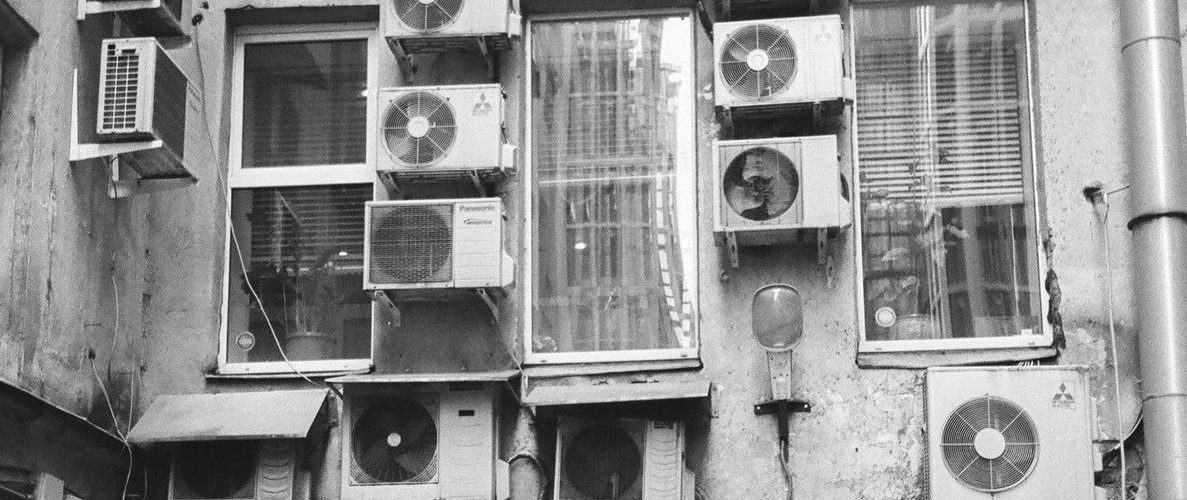Whether you want to cut your electricity bill or contribute towards sustainable development goals, these three ways will help you.
Household electronics, including appliances and some equipment, contribute to the highest energy consumption. And according to a recent report by IEA.org, smart moves can reduce that to 10 – 30%.
Here are the three best practices to reduce the individual carbon footprints in the household!
3 Ways to Start Eco-Friendly Living With Your Old Electronics
Luckily, we have a solution for cutting the average energy cost per house. Follow the tips, and you will be saving the earth.
Renting your camera, gear, or other equipment
Helping the Planet can also save money. By reducing your overconsumption of certain electric appliances and equipment, you can earn money and reduce your carbon footprint.
But how?
- When you rent your equipment or electronics, there’s the consumption of already available resources. This reduces the requirement for new manufacturing, which often requires more electricity.
- Renting also increases the individual equipment lifespan and prevents it from being discarded earlier.
- Less manufacturing leads to reduced e-waste, one step closer to our sustainable future.
- When you rent to local communities, it also reduces transport emissions.
Many online and offline platforms help you make this possible. These businesses allow you to give or take items on rent, like kitchen appliances, home appliances, computer gadgets, entertainment gadgets, travel accessories, etc.
Replacing the old appliances
Replacing your old appliances is one of the most innovative ways to save energy and money on utility bills.
The main reasons include –
- Increasing the energy efficiency of your family – new appliances require less energy due to the advanced energy-efficient technology used, which can lower your energy consumption per electric appliance, leading to less emission.
- Getting the right-sized appliance that fits your needs – Sometimes, while living in rental apartments, users get old appliances that do not check the family’s needs. Replacing them can meet your family’s appliance size requirements and reduce electricity bills.
- Reducing your utility bills – New appliances consume less energy due to the latest technology. That reduces your energy requirement on a day-to-day basis.
- Governmental standards and regulations – Some countries have already taken a stand on reducing household energy consumption. To follow those rules and regulations, you must choose the energy-efficient models of the fridge, air conditioner, microwave, washing machine, dishwasher, and all other electronics.
You can start by listing all the old appliances in your home that have lost their efficiency but consume high electric energy. Replace them with new ones containing energy stars.
Smart energy usage for electronics
The easiest way to reduce your carbon footprint is intelligent energy usage. Here are some examples –
- Remove the plugs from your laptop, printer, or desktop when outside your office.
- When your laptop is fully charged, remove the charging plug.
- Set the electric kettle or induction cooktop in the rack when you have an alternative fuel source. This way, you can permanently save yourself and the planet from trouble.
Wrapping
There are thousands of reasons to use energy-efficient equipment and use them smartly to remove our carbon footprints. You can stay aware of your energy usage, rent the equipment, or replace it to welcome the latest technology to your house.
However, when you can’t find a better way to utilize your old electronics, consider repurposing them. For example –
- Transform the solar panels into energy-free chargers.
- Make DIY lighting fixtures with old lamps or bulbs.
- Take raw materials from the old electronics to use for projects.
- Repurpose the items into unique home decor, like converting a washing machine drum into a fire pit.
Following government guidelines and taking individual responsibility is the only solution to saving the earth from burning in the tanks of coal furnaces. That can help us create a happy future for ourselves and upcoming generations.
This article is contributed by Barsha Kar, a sustainability writer with over 100 articles. Barsha is known for spinning stories about eco-friendly living, green initiatives, and sustainable business practices. She can be reached on her LinkedIn profile.






Add comment